The Basics
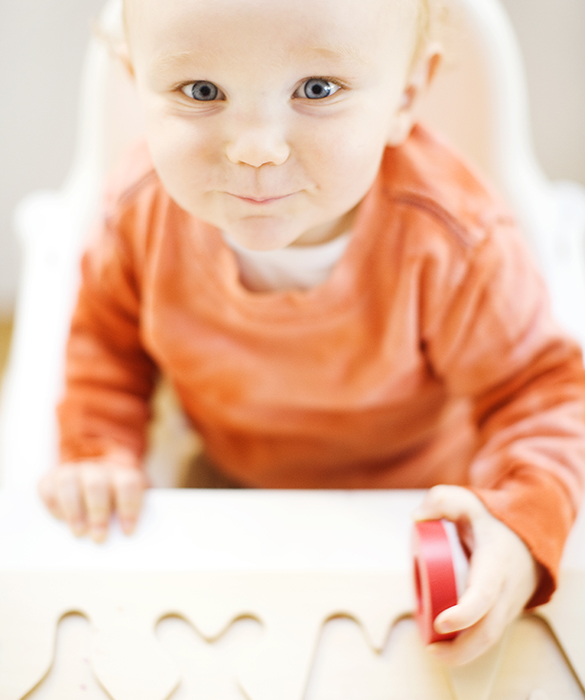
One of the best ways to teach something is to make it fun. This is especially true when you're working with toddlers. Here are some suggestions for fun ways to help young children learn their letters.
Write With Bathtub Crayons

Buy some erasable bathtub crayons and take turns drawing letters. As much as possible, connect the letters to her environment, emphasizing the sound as you write the letter. S is for Soap. SSSSSSoap. B is for Bubble. B-B-Bubble. Accomplish educational and hygiene-related goals at the same time!
Name a Letter of the Day
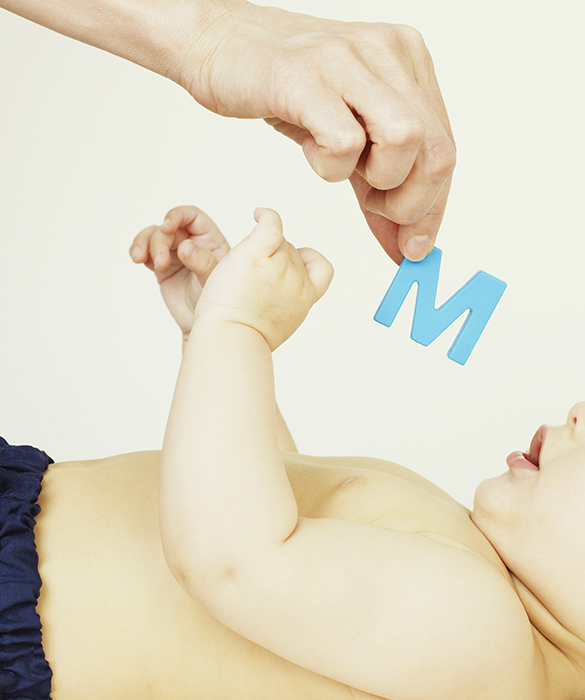
Borrow from Sesame Street, and name a letter of the day each morning. Write it on a sticky note, taking it with you from room to room and into the car. Then point to objects that start with that letter. Come back to it several times a day.
Make Letters out of Objects

Using rope, blocks, blueberries, building bricks or anything else you can find, make letters. Talk about each letter and its sound, and have your child copy you.
Sing

We all learn better when music is involved. Google the phrase "songs to teach kids letters" and you'll be amazed at the number of results. You'll already know some of them, but there will be others that you can learn along with your child!
Trace Letters Everywhere You Can
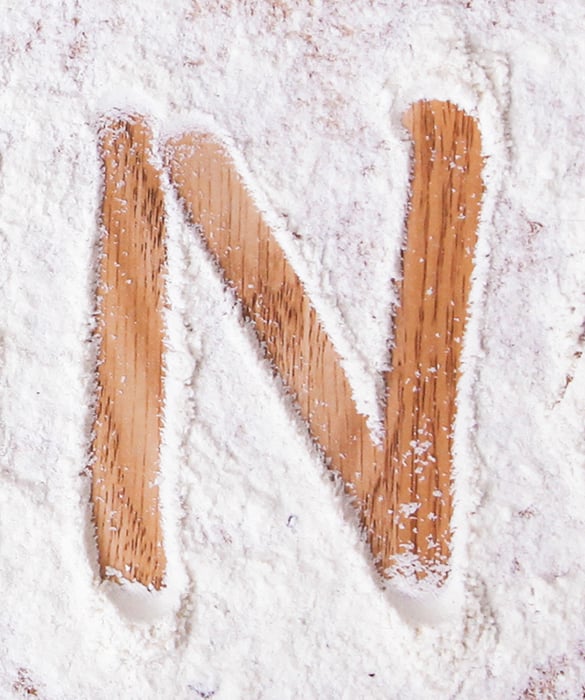
In the air, in the dirt, in water, in pudding. Wherever and whenever you can, make it fun to write letters by tracing them in different substances. This will aid in letter recognition and develop muscle memory that can help kids distinguish among different letters. Make the sound each time you write a letter.
Use What's in Front of You
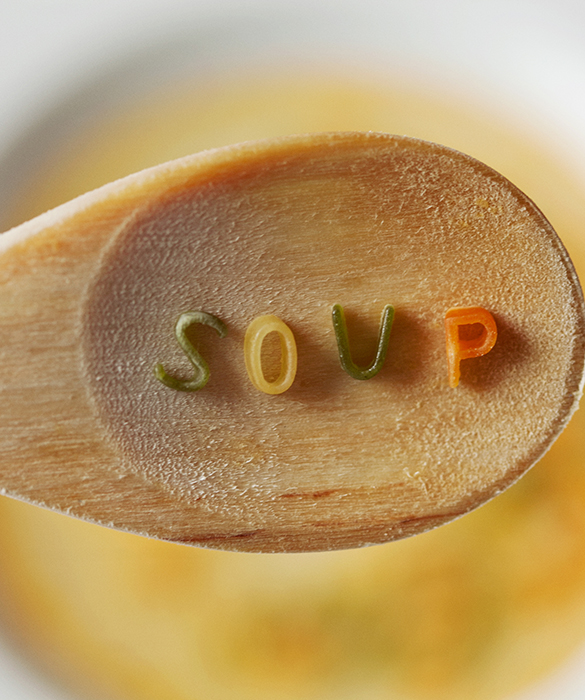
Everywhere you go, point out letters on signs and products and buildings. Kids love to play the "name that letter" game.
'Write' on Your Child

Let your child sense what each letter feels like. Trace a letter on his hand, or on his back, and name the letter. After he begins to get a few by memory, play a game that tests his knowledge. Then when he's old enough, switch places and have him write on you. (You might want to verify that he's not holding a Sharpie before you turn around and tell him to write on your back!)
Read, Read and Read Some More
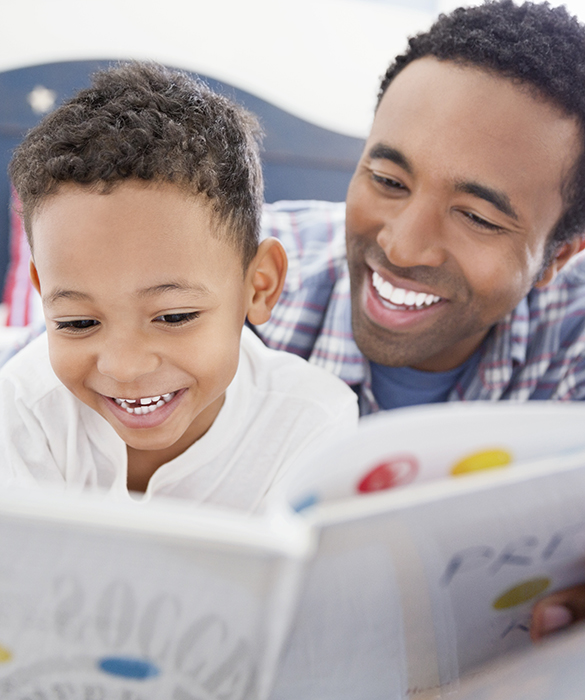
Read to your child all the time. As much as you can, keep books in front of her. Even if you're not constantly stopping to ask her about the alphabet (make sure you don't take the fun out of reading by making it about learning the letters), help make her feel comfortable with words and letters, and their connection to the ideas and stories she loves.




